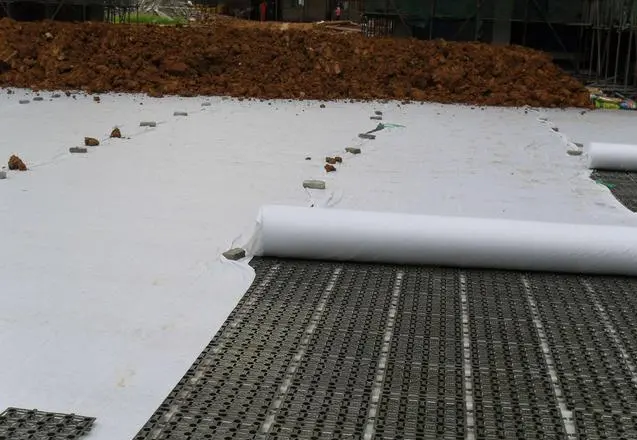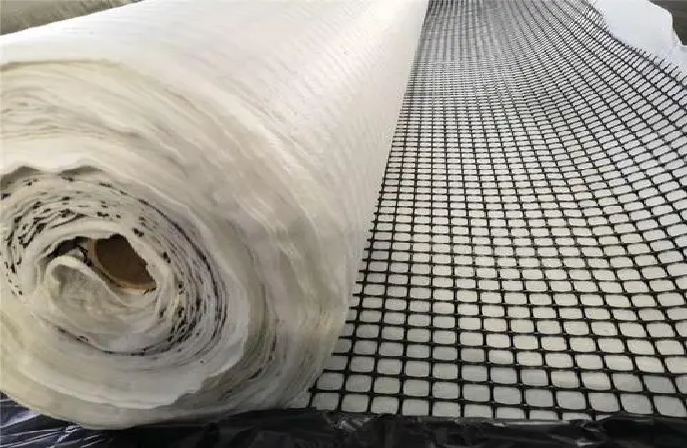Geocomposite Solutions: How Geosynthetics Solve Construction ChallengesWhat problems can geocomposites solve?
Geocomposite materials are a key part of modern geosynthetics engineering, and at GeoFanTex you can find high‑performance geocomposite products that address critical issues like drainage, soil reinforcement, and containment.

What is a geocomposite and how is it used in construction?
A geocomposite is a multi-layer geosynthetic material that combines components such as geotextiles, geonets, or geomembranes to optimize performance. In construction applications, GeoFanTex’s geocomposites—such as those described on their Geocomposite Geosynthetics product pageGeofantex —are used for vertical and horizontal drainage in road subgrades, reinforcing slope and embankment soils, and providing erosion control in water‑management systems. By integrating multiple geosynthetic functions, these composites deliver both efficiency and structural reliability.
What problems can geocomposites solve?

Geocomposites solve many common geotechnical issues. They efficiently remove water to reduce hydrostatic pressure, they boost soil stability by offering reinforcement, they help prevent soil erosion, and they can reduce the need for thick, expensive aggregate layers. For instance, GeoFanTex’s GeoFanDrain® BC drainage geocompositeGeofantex is specifically designed to relieve water pressure behind retaining walls, tunnels, and landfills, making it a versatile solution for infrastructure and environmental projects.
How do geocomposites differ from traditional geosynthetics?
Traditional geosynthetics typically perform a single function — such as filtration, separation, or reinforcement — but a geocomposite combines several functionalities into one engineered product. This multifunctionality improves installation efficiency, saves material cost, and enhances long-term performance. GeoFanTex’s Geocomposite product pageGeofantex explains how their composites deliver drainage, filtration, reinforcement, and containment in one integrated solution.
What factors should be considered when choosing a geocomposite?
When selecting a geocomposite, you should consider the type of civil project (e.g. roads, retaining structures, landfill lining), the load and stress demands, the required drainage capacity, and the durability of the material under local environmental conditions. For example, GeoFanTex’s GD 2L lightweight drainage geocompositeGeofantex features a 3D core welded between nonwoven geotextiles—making it ideal for tight installations where weight and flexibility matter. Also evaluate long-term resistance to UV, chemicals, and wear to ensure the geocomposite remains effective over time.
In summary, geocomposite materials play a vital role in modern geosynthetics applications, offering solutions for drainage, soil reinforcement, and erosion control. By combining multiple geosynthetic functions in one product, geocomposites improve efficiency, reduce construction costs, and enhance long-term project performance. Choosing the right geocomposite, such as those offered by GeoFanTex, ensures optimal results in roads, r
Comments
Post a Comment